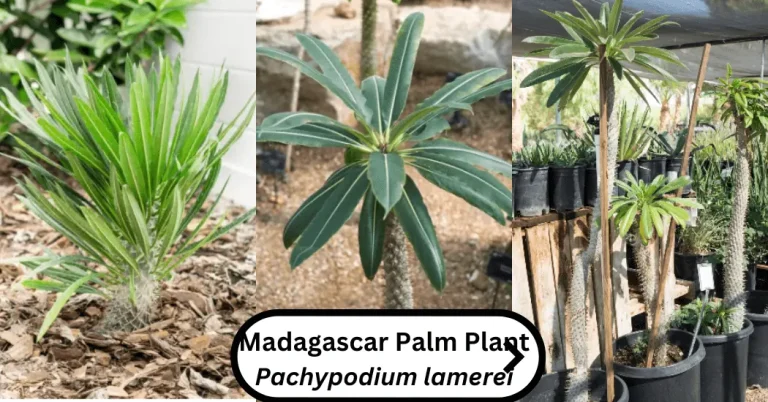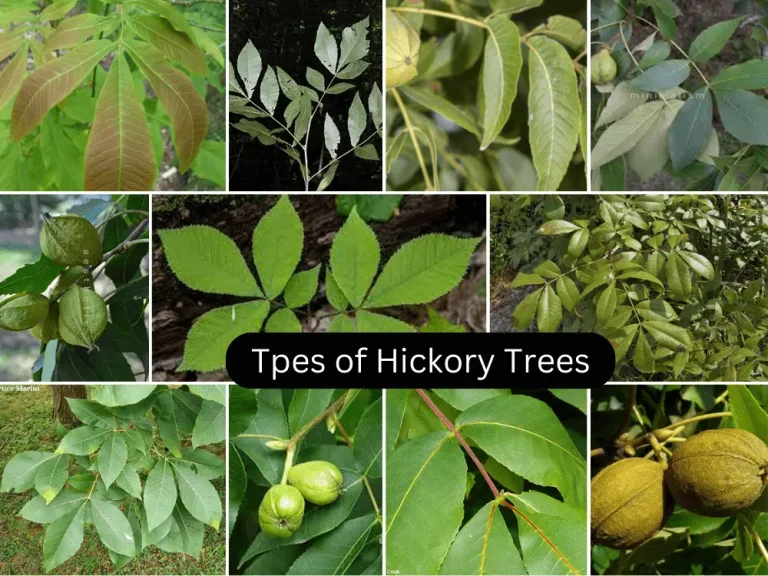Ivory Silk Lilac Tree Pros and Cons | Table and Description of Facts
Ivory silk lilac tree is a little shorter tree with a single trunk and creamy white flowers. These flowers have little fragrance. Syringa reticulata loves to grow in full sun and grows best in cooler climates like in Japan. That’s why it is also known as the Japanese Lilac Tree. It bears clusters of flowers with rounded shrub appearance.
Ivory Silk Lilac Tree Pros and Cons
Ivory silk lilac has the following pros and cons;
PROS
CONS

Facts about Ivory Japanese Silk Lilac
| Feature | Description |
| Name | Ivory silk lilac, Ivory Japanese Silk Lilac |
| Scientific Name | Syringa reticulata |
| Family | Oleaceae |
| Plant Type | Tree, 20-25 feet tall, evergreen |
| Leaf | Large, greasy |
| Flower | Small, creamy white |
| Blooming Season | Early summer |
| Soil Requirements | Well-drained sandy loam |
| Hardiness Zones | 3-7 USDA zones |
| Native Region | Japan |
Pros of Ivory Silk Lilac Japanese Tree – Description
Here are some of the pros of the Ivory Silk Lilac Tree:
- Beautiful Looks: The Ivory silk lilac tree is stunning, with white flowers and lush leaves that make your garden look like paradise.
- Easy Care: It’s simple to take care of because it doesn’t need much water or attention, and it grows well in different soils.
- Grows Quickly: This tree grows fast, so you’ll have a lovely, tall tree in just a few years.
- Attracts Wildlife: Butterflies and bees love this tree, so your garden will be buzzing with life.
- Great for Cities: It’s perfect for small gardens or city streets because it doesn’t take up much space and can handle pollution.
- Smells Wonderful: The flowers smell amazing, attracting even more wildlife to your garden.
- Looks Good in Winter: Even in winter, the tree’s bark adds beauty to your garden.
- Lasts a Long Time: It can live for over 30 years, so it’s a good investment for your garden.
- Beautiful All Year: It looks great in every season, from spring blossoms to winter branches.
- Low Allergy Risk: If you have allergies, this tree is a good choice because it produces less pollen.
So, whether you want a tree that’s easy to care for, grows fast, and looks stunning, the Ivory silk lilac tree is perfect. It adds something special to any garden and is a choice you won’t regret!
Cons of Ivory Silk
Here are the cons of the Ivory Silk Lilac Tree;
Prone to Pests: Despite its beauty, the Ivory silk lilac tree can attract pests like lilac borers, leaf miners, and scales. These pests can harm the leaves, flowers, and even the bark of the tree. The borers bore into the bark, the leaf miners eat the insides of leaves, and scales feed off the sap of the plant.
Solution: Keep an eye out for signs of infestation like discolored leaves or wilting. If you spot any pests, trim away the affected parts and use insecticides or fungicides to protect your tree.
Susceptible to Diseases: The Ivory silk lilac tree can also suffer from diseases like powdery mildew, blight, and root rot. Powdery mildew shows up as a white or grayish film on the leaves and stems, while blight causes discoloration and wilting of leaves. Root rot happens when the roots are surrounded by too much moisture, leading to wilted leaves and yellowing foliage.
Solution: Prevent disease by removing infected parts and using fungicides. Make sure the soil around the roots is well-drained to avoid root rot. Also, take good care of your tree by watering and fertilizing it properly, and pruning it regularly.
By taking care of your Ivory silk lilac tree, you can help prevent these issues and keep your tree healthy and beautiful!
I’m Dr Qaiser Maqsood (PhD), a dedicated researcher and expert in Biological Sciences, Gardening, Bio-Diversity, Ecology, and Environmental Sciences. I’m much concerned about Environmental Pollution, Climate Change, Plantation, Gardening, and Global Warming. My passion is to explore innovative solutions in all these fields.
Be aware that we have ONLY ONE EARTH. Protect it!!






